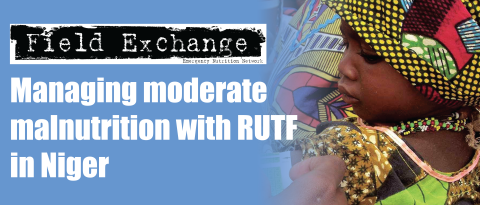Addressing chronic malnutrition in South Sudan
Summary of technical paper1

A dry season waterpoint in Koch, South Sudan
CARE South Sudan have recently conducted an analysis of nine years of nutrition data provided by anthropometric surveys undertaken in the northern Bahr el Ghazal and Upper Nile regions in southern Sudan. Available surveys covered both the war (1998-2002) and the immediate post-conflict period (2003-2006). They are also one of the very few sources of quantifiable data collected using consistent, comparable methodologies in South Sudan during the war.
Data analysis from 218 two-stage cluster surveys indicated annual severe acute malnutrition rates (wasting) averaging above 20%. Malnutrition appears to increase through the dry season and subsides with the coming of rains. Seasonally, rates can increase by 50% in the dry season but have rarely dropped below the WHO emergency threshold of 15% in the wet season. The seasonal peak does not appear to be associated with the traditional hunger period nor does it appear to be closely associated with mortality. These chronic trends persist despite the cessation of hostilities ending 20 years of civil war and concurrent improvements in food security.
Explanations for these chronic and alarming rates of malnutrition are more likely to be found in health environments, as well as behaviours or caring practices to which under five children are exposed. South Sudan has seen an improvement in food security conditions due to increased food availability and access. The explanation of why that improvement has not translated into improvements in under-five nutrition may simply be explained by static health and caring environments since the war. Malnutrition must be understood in its multifaceted nature if appropriate strategies to roll back chronic high rates of malnutrition in South Sudan are to be identified.
Acute malnutrition rates from this study imply prevalence of malnutrition affecting approximately 250,000 children across South Sudan. Such widespread, significant and seasonally fluctuating levels of malnutrition appear to exist with regionally comparable levels of mortality. The scope of malnutrition is vastly beyond the capacity of traditional nutrition interventions such as selective feeding. Solutions must be strategic and simultaneously address both acute needs and underlying causes.
Improving security/access, food security conditions and a clearer understanding of the nature of current malnutrition offers an opportunity to reduce rates that was not afforded during the war.
CARE South Sudan makes a number of recommendations for both immediate and medium term action.

Children collecting water in Menime, South Sudan
Immediate recommendations include:
- Nutrition interventions that actively find and support children-at-risk in the December to February period.
- Integrating therapeutic feeding/ supplementary feeding response capacity into Northern Bahr El Ghazal/UN health system.
- Identifying options to improve water quantity and quality and household water storage and access during the dry season.
- Small, well timed targeted food aid to vulnerable households.
Medium term actions include;
- Women's education to improve the quality of her role as a caregiver.
- Support growth of agrarian, livestockbased rural economy through supportive trade policy and taxation schemes.
- Develop infrastructure that promotes trade and the continued emergency of a rural economy.
- Promote policies or interventions that reduce transport costs, storage constraints improve information flow and communication options.
For more information, contact Steve McDowell, email: mcdowell.stephen@gmail.com
1CARE South Sudan, Nairobi, Kenya. April 2007. The technical paper was prepared by Steve McDowell of CARE South Sudan. Requests for the full paper can be directed to mcdowell. stephen@gmail.com
Imported from FEX website


